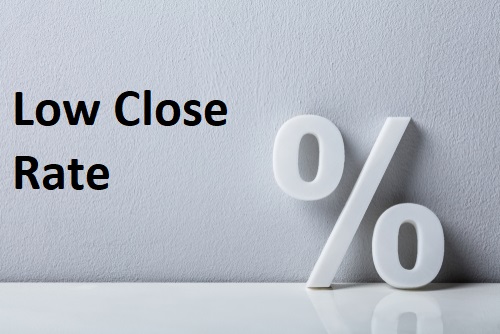
What's your close rate? Also known as win rate and close ratio, it's an important success metric in the B2B industry. Close rate represents the percentage of opportunities that a sales rep successfully closes and converts. If you reach out to 100 prospects during a given period, 10 of whom agree to purchase your B2B company's product or service, your close rate for that period would be 10%.
Close rates can vary depending on the type of products or services that B2B companies sell. According to HubSpot, biotech B2B companies have an average close rate of about 15%, whereas finance B2B companies have an average close rate of 19%. Generally speaking, you should strive for a close rate of 20% higher, meaning you close about one in five opportunities that land on your desk. If you have a lower close rate, it may be attributed to one or more of the following problems.
Waiting Too Long to Contact Prospects
The longer you wait to contact a prospect after acquiring him or her as a lead, the lower your chances of closing the deal. Prospects in the B2B industry typically consist of C-suite executives and other upper-level management professionals, many of them are busy running their own businesses. They don't want to wait days or weeks for a sales rep to contact them. When a prospect completes a lead form -- or otherwise expresses interest in a product or service -- they are typically ready to talk to a sales rep.
Throwing in the Towel With Objections
Objections are inevitable when attempting to sell products or services to prospects. Some prospects will agree to make a purchase, but others will decline your offer. Rather than throwing in the towel when a prospect declines your offer, you should learn to deal with and overcome objections.
Maybe a prospect believes the price is too high, or perhaps a prospect doesn't have the authority to make purchases on behalf of his or her business. If a prospect declines your offer, ask the prospect what's holding him or her back from making a purchase. You can then come up with a solution to overcome the prospect's objection. Lowering the price, for instance, may encourage the prospect to make a purchase. Alternatively, contacting a decision-maker at the prospect's business may result in a sale.
Targeting Low-Quality Leads
You can expect a low close rate when targeting low-quality leads. All prospects are classified as leads. Some of them, though, are more likely to purchase your B2B company's products or services than others. You should focus your sales efforts on high-quality leads such as this. High-quality leads closely match your B2B company's ideal buyer persona. They may check all the metaphorical boxes in regards to demographics, firmographics and technographics.
Not Qualifying Leads
Speaking leads, failure to qualify them can result in a low close rate. Qualified leads are those that have been evaluated and deemed a good fit for your B2B company. There are marketing-qualified leads (MQLs) that, as the name suggests, are evaluated by marketing professionals, and there are sales-qualified leads (SQLs) that are evaluated by sales professionals.
Whether MQL or SQL, all qualified leads have been vetted. They've been determined to be a good fit for your B2B company. Other leads aren't qualified, meaning they haven't been evaluated or vetted. By reaching out to qualified leads, you'll close more deals and achieve a higher close rate.
Overlooking Appointment Setting
Don't underestimate the importance of appointment setting. Failure to include it in your B2B company's overall sales strategy can have a negative impact on your close rate. Sales cycles for B2B products and services are typically longer than those for B2C products and services. Consumers may purchase products and services spontaneously, but B2B buyers are more cautious. They may spend over a week conducting research and other forms of due diligence before making a purchase. With appointment setting, however, you can close more deals.
Appointment setting is the process of securing meetings with prospects. Rather than pitching a product or service during your initial communication with a prospect, you can ask the prospect to schedule an appointment. The general idea behind this tactic is to sell the appointment, and when it's time for the meeting, you can then sell your B2B company's product or service to the prospect who booked the appointment.
Not Aligning Marketing and Sales Departments
Another common cause of a low close rate is not aligning marketing and sales departments. When these departments are isolated from each other, they won't be able to share data and resources. The marketing department may still send leads to the sales department, but these "siloed" departments will struggle to convert prospects. For a higher close rate, you should align your B2B company's marketing and sales departments.
Giving Up at the First Failed Call Attempt
Assuming you use cold calling to communicate with prospects, you shouldn't give up after the first failed attempt. Not all prospects will answer when you call them. They may be out of the office, or they may be busy running their own business. Regardless, there are times when prospects won't answer their phone. Some studies show that it takes sales reps eight attempts on average to reach prospects via cold calling.
Not Researching Prospects
A little research goes a long way when selling products and services to prospects. Whether you're planning to contact a prospect by email, phone or any other channel, you should take the time to research the prospect. Find out what the prospect does at his or her business while attempting to identify a critical pain point that your B2B company's product or service can solve.
Pain points are internal problems that cause pain for businesses. When prospects purchase products or services from B2B companies, they typically do so to solve a pain point. But you may need to research prospects to identify their pain points. If you contact prospects without researching them, you'll struggle to close deals.
What to learn more? Get in Touch
Latest Posts
-
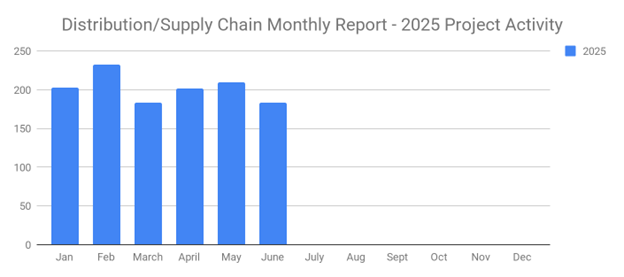
June's New Distribution and Supply Chain Planned Projects Return to March’s 183 Confirmed Figure
-
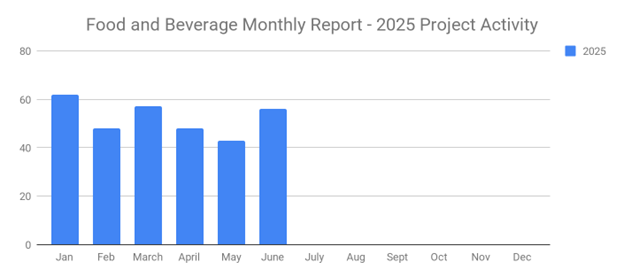
Food and Beverage Rebounds with 56 New Planned Projects Igniting Growth After Decline
-
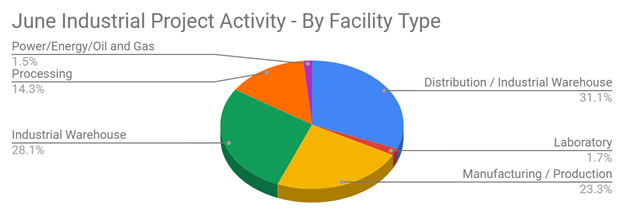
June 2025’s New Industrial Construction Projects Grew 7% Month-Over-Month
-
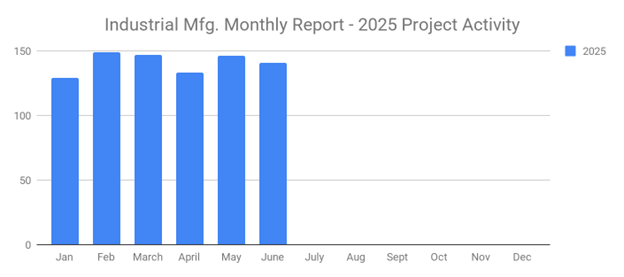
Q2 Industrial Manufacturing Soars 31% for Planned Projects Over $100M; June Planned Industrial Projects Hit 141

